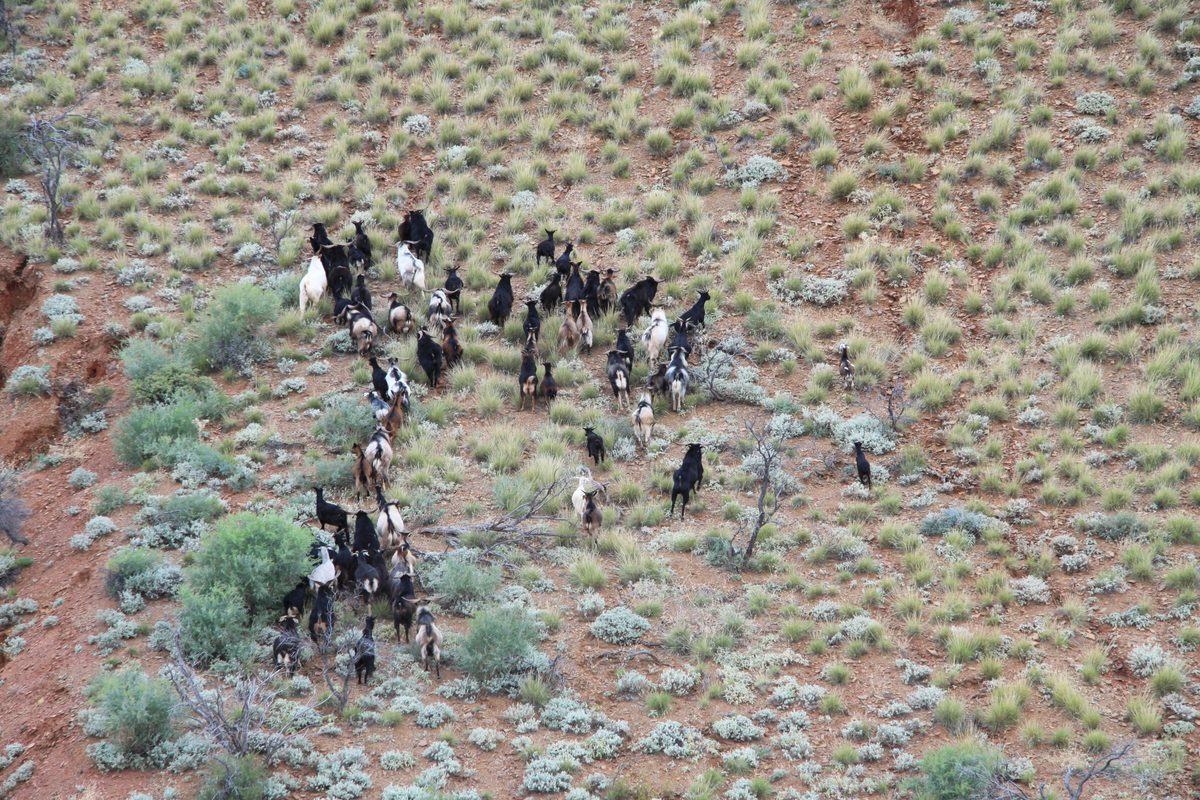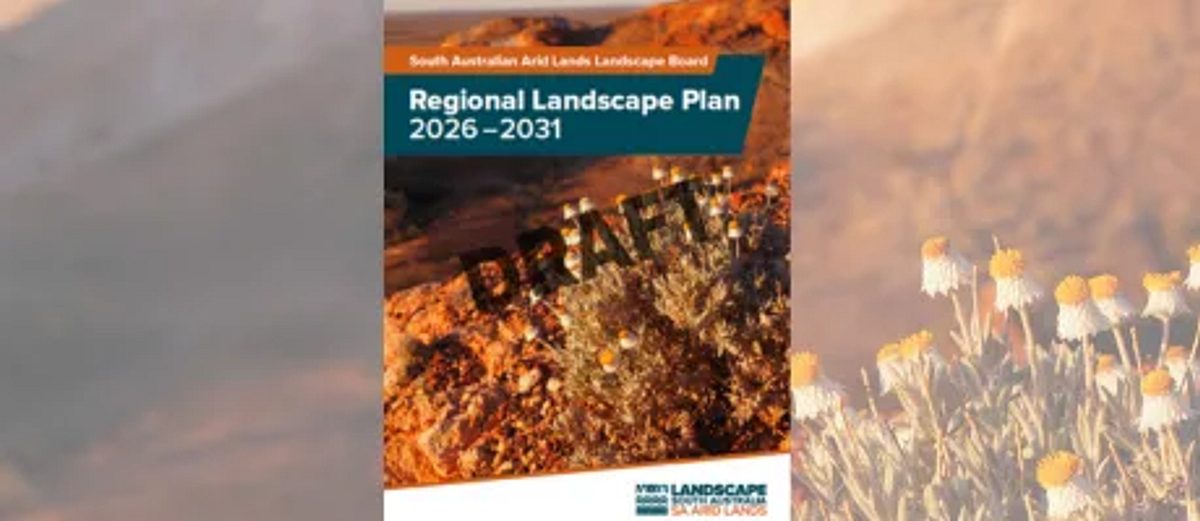Hunt for rare orchid
Indigenous Rangers from the Flinders Ranges, Gawler Ranges and Far West Coast are well-placed to survey and identify a vulnerable native orchid, following surveys in the Gawler Ranges and Flinders Ranges in May.
The Desert Greenhood (Pterostylis xerophila) is part of the ‘rusty hood’ group of Greenhood orchids and is considered vulnerable due to its very limited distribution. It is known only in South Australia at Hiltaba and the Gawler Ranges National Park, Munyeroo Conservation Park and Yellabinna Regional Reserve. An unconfirmed historic record also exists in the Flinders Ranges and one other population is known within the Murray Sunset National Park in Victoria, close to the SA border.
Very little is known about the ecology of this species and none of its seed pods are held in the State’s seed bank. Surveys and conservation efforts are incredibly important to ensure the future of this species, which is classed as Vulnerable under the Environment Protection and Biodiversity Conservation Act.
Usually found growing in coarse orange sandy loam soils, in South Australia, it has also been found growing on rocky granite outcrops on upper slopes, with Broombush (Melaleuca uncinata), Thorn wattle (Acacia continua)and Spinifex (Triodia irritans), in sites that are reasonably open and have little competition.
Basal rosettes usually appear from June and the Desert Greenhood flowers annually in September and October, and generally only in years of above average rainfall.
As part of the board’s Discovery4Recovery project, ecologists visited known sites of the orchid at Hiltaba and Gawler Ranges National Park late in May and searched similar landscape on Nantawarrina Indigenous Protected Area in the northern Flinders Ranges.
They were joined by rangers from the Gawler Ranges Aboriginal Corporation, Far West Coast Aboriginal Corporation, Nantawarrina Rangers, and staff from the SA Seed Conservation Centre, National Parks and Wildlife Service SA, and Nature Foundation.
The survey was an important training exercise for Indigenous Rangers and other staff on the habitat features and identification features of the plant.
In the Gawler Ranges the team located about 50 Pterostylisbasal rosettes, but at this stage it is difficult to determine if these were from the genus they were seeking. Instead, it could be Gawler Ranges Greenhood (Pterostylis ovata) or Sikh’s Whiskers (Pterostylis boormanii).
The team recorded GPS coordinates for all rosettes located and plans to return to the site once there has been enough rain to support flowering. No rosettes were located in the second hunt on Nantawarrina IPA.
While signs of the greenhood were not discovered, SAAL Landscape Board senior ecologist Elisa Sparrow said work would continue with the Nantawarrina rangers, supporting them with building on their survey and identification techniques for this plant and other endemic threatened plants.
The Discovery for Recovery project is funded by the Australian Government’s Natural Heritage Trust and delivered by the SA Arid Lands Landscape Board, a member of the Commonwealth Regional Delivery Partners Panel.


